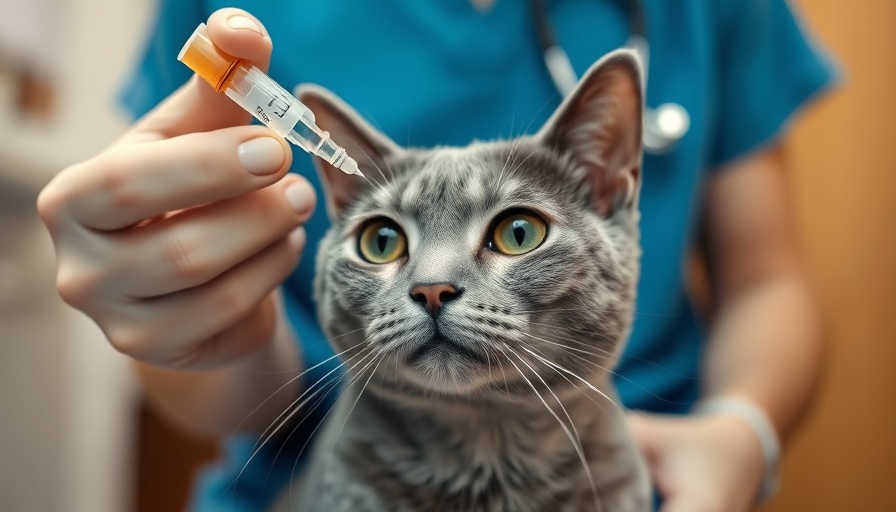
Understanding Cat Nasal Polyps: A Guide for Pet Parents
Nasal polyps in cats, also known as nasopharyngeal polyps, are non-cancerous growths that often affect young felines. These fleshy, pink masses can develop in a cat’s ears and nose, and though they may sound intimidating, they are generally not considered a medical emergency. Despite the lack of clarity on their cause, experts suggest these polyps might result from underlying inflammation.
Key Signs Your Cat Might Have Nasal Polyps
Being informed is essential for pet parents. Signs of nasal polyps can manifest subtly at first and include chronic sneezing, nasally congested breathing, and sometimes even drainage from the nose. Observing these symptoms should prompt you to consult your veterinarian for a proper diagnosis. While these growths can be problematic as they expand, early recognition can be critical for effective management.
The Different Types of Nasal Polyps
Nasal polyps are classified based on their origin. The two most common types are:
- Nasopharyngeal polyps: These originate in the middle ear and extend to the throat via the Eustachian tube, potentially leading to discomfort and other health issues.
- Polyps of the nasal turbinate: These arise from the mucous membranes within the nose and can similarly affect your cat's breathing.
Treatment Options for Cat Nasal Polyps
Should your veterinarian confirm that your cat has nasal polyps, several treatment options are available. Surgical removal is the most common method to eliminate the polyps, especially if they obstruct your cat’s breathing or cause chronic irritation. In some cases, your vet may recommend medication to help reduce inflammation and make your cat more comfortable. Regular follow-ups are important to monitor the condition and ensure that no new polyps develop.
Your Role as a Pet Parent
As a devoted pet parent, being aware of these conditions enables you to provide the best care for your feline friend. Keeping a close eye on your cat’s health and behavior will foster a stronger bond between you. Don’t hesitate to reach out to your vet whenever you notice changes in your cat's eating, drinking, or play habits.
Take Action: Prioritize Your Cat's Health
If you suspect your cat may be suffering from nasal polyps, consulting with a vet is essential for accurate diagnosis and treatment options. Don’t wait until symptoms worsen; your proactive approach will help ensure your beloved pet remains healthy and happy.
 Add Row
Add Row  Add
Add 




Write A Comment